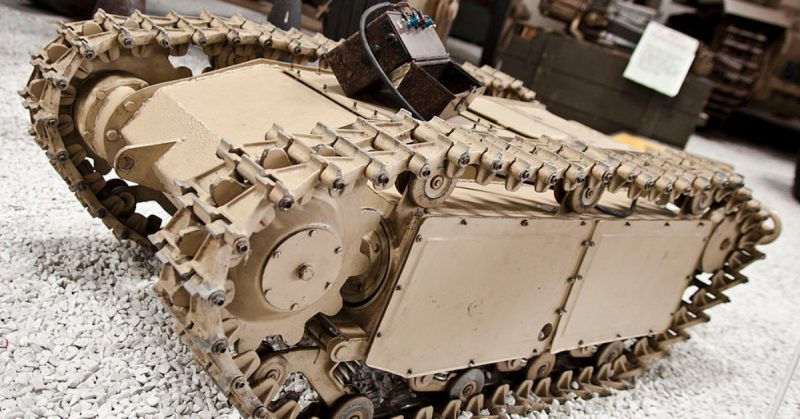In the history of combat, the victor of a skirmish has, in most cases, been determined by whoever had not just the best tactics, but the best weaponry. Some of these weapons mentioned here have jeopardized the chances of soldiers at achieving victory.
Some have incurred casualties for the side using them than it has for their enemies, and have therefore earned themselves a spot on the list of the worst equipment in history. These are some of the worst equipment used by soldiers.
The M4A1
This weapon has the tendency to fire a round when being switched between modes. In 2017, a soldier brought forward a video of his rifle firing when he switched it from Semi-automatic to automatic using the selector switch. As a result of this, tests were performed on other M4A1s in the field and the same thing happened in over one thousand guns.
This has been a cause of great anxiety to all concerned. Although it is not yet confirmed, it may be a result of a new trigger mechanism installed in the M4 during a conversion program geared at improving the rifle.
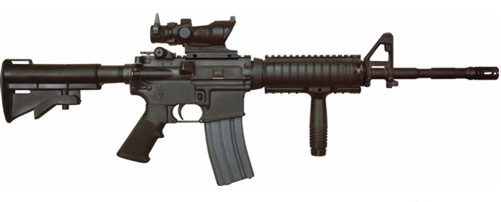
The 94 Nambu Pistol
The 94 Nambu World War II-era pistol was designed by Kijiro Nambu in Japan circa 1929. About 71,000 Nambu pistols were built, and it was a total disaster. Worse still the imperial Japanese military used it for 41 years.
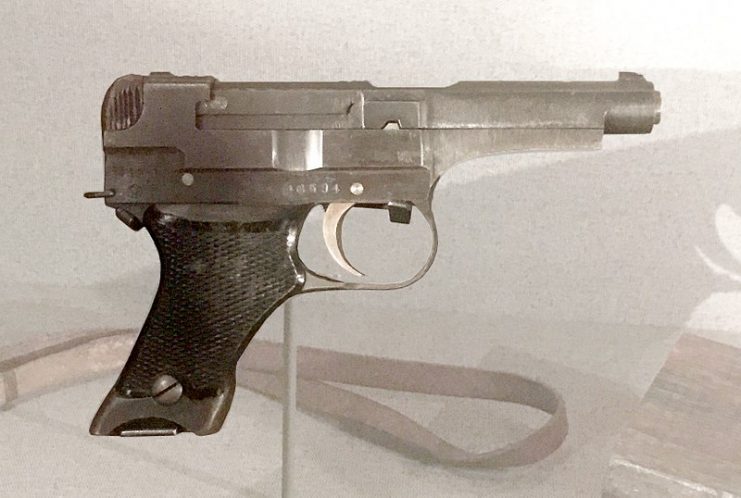
One of its major problems was that of assembly and disassembly. Too many parts made this a problem. Another was that its tendency to fire involuntarily if struck, caused by the poorly designed breech, led to a high number of unintended casualties from its use.
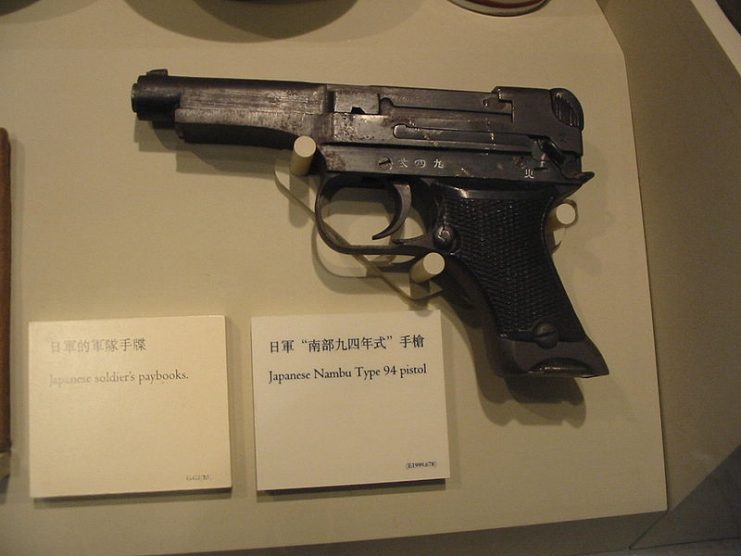
Among the issues of this pistol was that instead of using a hammer, it made use of very weak firing pins which made accurate aiming a herculean task. Its grip and magazine were one of the smallest ever made.
The magazine held only six rounds and was difficult to reload and insert. This made soldiers wielding this weapon vulnerable if out of ammo. Very slight movements could also disengage the magazine from the pistol.
Panzer 68
This was the intended upgrade of the Panzer 61 built by the Swiss. It’s called the Panzer 68 because it was officially ordered by the Swiss government. Looking at this, one would think it to be the Panzer 61 because it was built upon its design, armed with the standard NATO 105mm gun—the L7, and with sufficient armor and equipment to meet with the standards of the Russian and American tanks at the time.
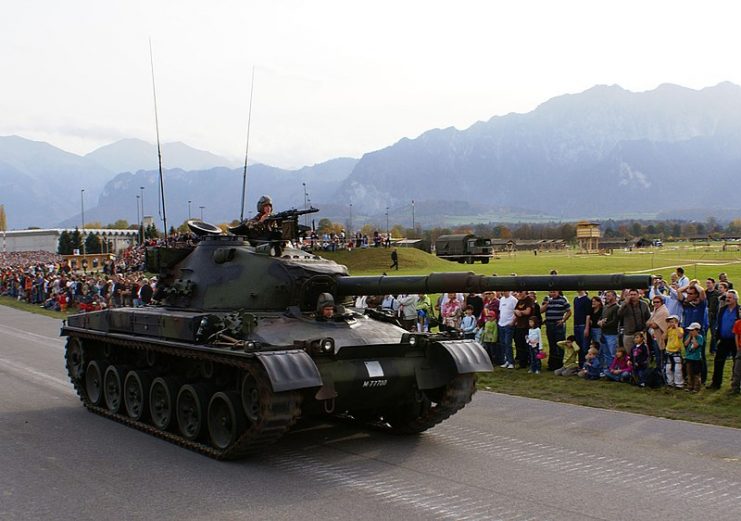
380 units of the Panzer 68 were produced and used between 1971 and 2003.
The design of the tank was probably not the worst but a lot of other issues affecting the performance of the tank made it one of the worst in history.
In 1979, a group of experts were tasked with investigating the vehicle and found dozens of problems, which included: Little safety of the crew and internal equipment as a result of insufficient NBC protection on the tank, inconsistent movement of the vehicle making it unable to retreat fast in times of threat, and interference of the turret with radio communication at times causing inconsistencies in turret performance when used at full power.
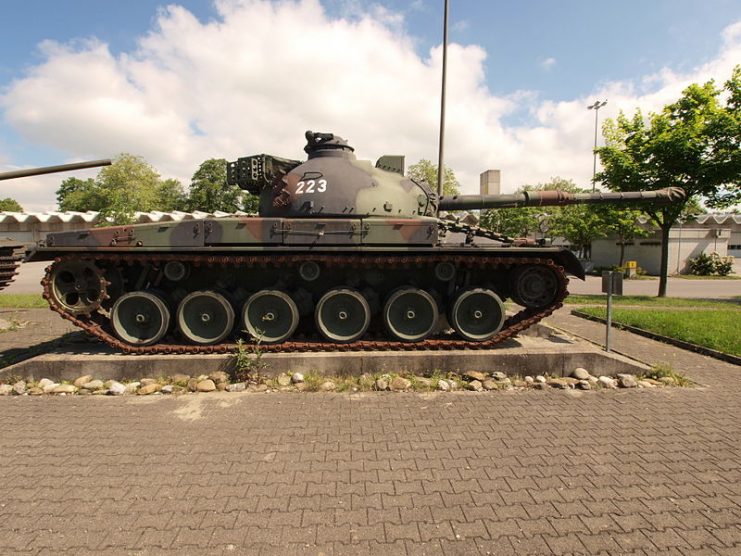
Possibly the most serious issue was that one could involuntarily fire the main gun by just turning up the heating. This report caused a scandal that led to the resignation of the Swiss minister of defense. However, the Swiss continued to use the tank and most of its bugs were resolved during a major overhaul after the affair.
They are on this list because they were in use before these faults were discovered and resolved.
The German V2 Rocket
This was the world’s premier ballistic missile. It was developed during World War II and was officially called the “vengeance weapon II”.
It’s true that it paved the way for more research in the area of ballistic missiles, but it was one of the most costly pieces of technology ever developed. Over 3,000 of these V2 rockets were developed between 1944 and 1952.
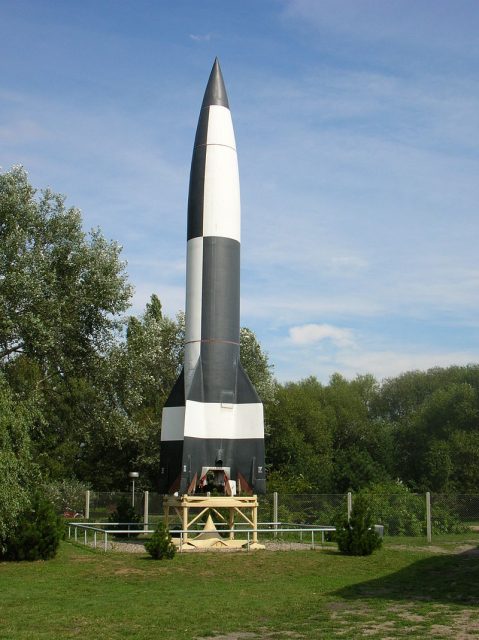
The problem was that each V2 rocket carried a ton of explosives which made a total of 3.000 tons of explosive with 3,000 rockets, but The Allied forces exceeded this number in just one single air raid and to make matters worse, not all V2 rocket explosives detonated.
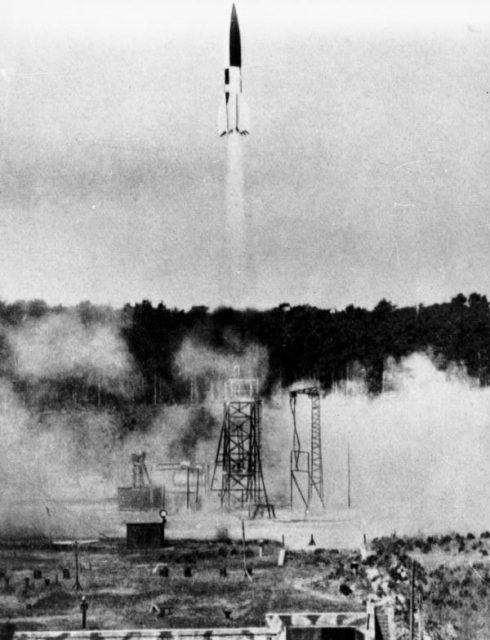
The rocket also recorded over 18,000 workers deaths in its manufacturing process. It did not cause nearly that number of casualties to the enemy.
The Mark 14 Torpedo
This was the standard weapon of American submarines in 1941. It was designed ten years before and was designed from a whole different concept from all other torpedoes at the time. Its mechanism was meant to detonate at the keel of the target ship, destabilizing the ship in an instant.
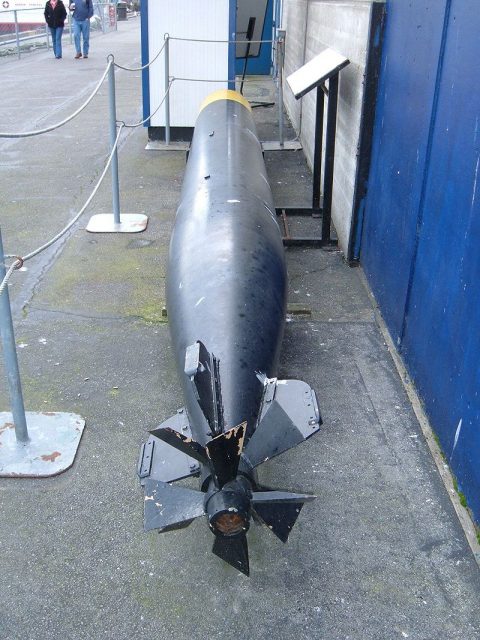
A major cause of the failure of the Mark 14 was inadequate testing due to the secrecy in designing it. This resulted in issues not coming to light until it was already in use.
During the war, submarine officials reported its inability to gain depth enough to sink the enemy’s ship. Its magnetic detonator often detonated prematurely or sometimes, not at all. Its contact detonator would fail to work once it contacted the enemy ship, and if it couldn’t get any worse, the torpedo would sometimes even backfire at the submarine that fired it.
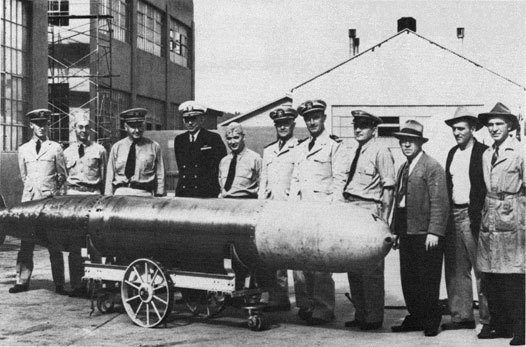
All these reports were ignored by the Navy. In one instance, a submarine commander fired a dozen torpedos at a ship and only managed to disable it. These reports went on for two years before any attempt was made to figure out and fix the flaws of the Mark 14.
Bob Semple Tank
A tank designed during World War II in New Zealand by Bob Semple. The tank is basically corrugated iron sheets on a tractor.
New Zealand as allies of Britain could not be assisted by them during the war and had to defend itself against Japan. The tank’s flaws originated from not being planned. It was never really mass produced.
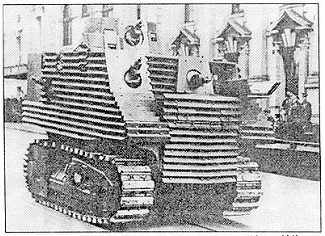
Read another story from us: The Life and History Behind the Baby Nambu Gun
Some of its flaws were its low power-to-weight ratio, insufficient armor, little space for crew members, low speed, instability, and general bulkiness.
Some of the crew members had to lie on a mattress placed on the engine and with all the heat, it was a very intolerable way to operate a machine and so, firing the gun and maintaining situational awareness was akin to stuffing toothpaste back into its tube.
